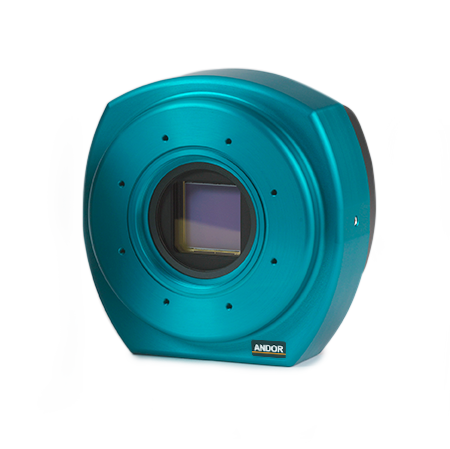生命科学
物理科学

Apogee Aspen is the newest design innovation in the Apogee CCD range, ideal for demanding physical science and astronomy usage. Apogee Aspen increases cooling performance, improves stray light baffling, adds a network interface with a built-in web server, and sets a new standard in shutter longevity. The Aspen’s cooling performance down to 60°C below ambient offers low darkcurrent contribution, ensuring optimal signal to noise for long exposure applications such as astronomy.
Ideally suited to challenging astronomy and physical science imaging applications, the Apogee Aspen family offers a range of popular full frame and interline CCD sensors, within a camera platform that is designed to push performance. Thermoelectric cooling down to 60ºC below ambient ensures optimal sensitivity for long exposure applications. The simple convenience of a USB 2.0 interface is accompanied by an Ethernet network interface with a built-in web server. The Apogee Aspen also utilizes a new extremely high reliability shutter, specified for > 5 million shutter cycles.
Apogee Aspen cameras are available with a wide variety of sensors, including: Back-illuminated sensors with very high quantum efficiency, some with sensitivity in the deep UV; Front-illuminated CCDs with high sensitivity in the near-IR without etaloning and a range of resolution options up to 16.8 Megapixel (CG16M model).
High resolution sensors - Sensors up to 16.8 Megapixel, offering large field of view at high resolution
Ethernet interface with built-in web server - Remote access and control over the Internet, via standard web browser
USB 2.0 interface - Direct ‘Plug and Play’ simplicity of USB 2.0 or Ethernet with built-in web server
High Dynamic Range - Large pixel sensor variants offer extended intrascene quantification of weak and bright objects
16-bit digitization - High photometric accuracy
High longevity shutter - Shutter during readout and take dark reference frames - 35 or 63mm. Specified for > 5 million cycles
Programmable I/O port - Synchronization with intricate experimental set-ups
Remote triggering - LVTTL input allows exposure to start within 25 microseconds of rising edge of trigger
Focusing mode - Faster readout option, ideal for focus optimization
XU-RECR/TRANS USB 2.0 - USB 2.0 fibre optic extender. Transmitter and Receiver, including 2 power supplies
 公安机关备案号31010402003473
公安机关备案号31010402003473